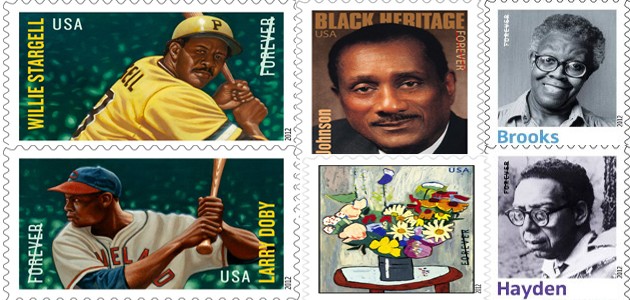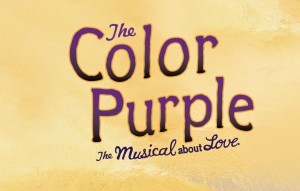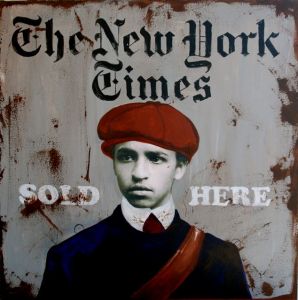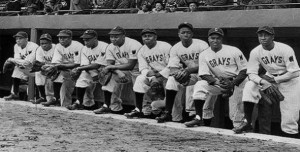Above is a sneak peek at the USPS stamps for 2012.
The Major League Baseball All-Stars Stamps:
These stamps will honor two Black players who were perennial All-Star selections and left an indelible impression on the game.
Larry Doby (1923-2003)
Doby the first African American to play in the American League, joining the Cleveland Indians in 1947 shortly after Jackie Robinson broke the color barrier in the National League. The seven-time All-Star excelled as a hitter and center fielder and set an American League outfielder record for 164 consecutive errorless games.
Willie Stargell (1940-2001)
Stargell powered the 1979 Pittsburgh Pirates, a multicultural team known as “The Family,” to a World Series title. Hitting 475 home runs during his career, the seven-time National League All-Star is famous for smashing baseballs out of stadiums. Nicknamed “Pops,” Stargell is also remembered for promoting harmony between players from different backgrounds.
John H. Johnson Stamp (1918-2005):
Johnson was the trailblazing publisher of Ebony, Jet, and other magazines. Johnson overcame poverty and racism to build a business empire embracing magazines, radio stations, cosmetics, and more. His magazines portrayed black people positively at a time when such representation was rare, and played an important role in the civil rights movement.
His unwillingness to accept defeat was a key to Johnson’s success. When he was unable to buy a lot in downtown Chicago because of his skin color, he hired a white lawyer who bought the land in trust. Thus, Johnson became the first black person to build a major building in Chicago’s Loop, where Johnson Publishing still has its headquarters.
As Johnson’s influence, accomplishments, and fortune grew, he received many prizes and honors. He joined Vice President Richard Nixon on a goodwill tour of Africa and served as a Special United States Ambassador for Presidents Kennedy and Johnson. The National Association for the Advancement of Colored People (NAACP) awarded him its prestigious Spingarn Medal in 1966. Six years later, in 1972, his industry peers named him publisher of the year — a prize Johnson compared to winning an Oscar. In presenting Johnson with the Presidential Medal of Freedom in 1996, President Bill Clinton lauded him for giving hope to African Americans during difficult times. A panel of experts polled by Baylor University in 2003 named Johnson “the greatest minority entrepreneur in American history.” That same year, Howard University named its journalism school after him.
United States Poet Laureates Stamps:
Gwendolyn Brooks (1917-2000)
Brooks is a former U.S. Poet Laureate, is best remembered for distinctive, lyrical portraits of urban life. A master of traditional poetic forms, she also experimented with free verse, jazz and blues poetry, and colloquial language.
Robert Hayden (1913-1980)
His poems reflect his brilliant craftsmanship, his historical conscience, and his gift for storytelling. Many of his works render aspects of the black American experience with unforgettable vividness; others are more personal.
William H. Johnson Stamp (1901-1970):
One of the country’s foremost Black artists is today recognized as a major figure in 20th-century American art. Known for his colorful, folk-inspired scenes of Black daily life as well as his dramatic Scandinavian landscapes, Johnson is recognized on the 11th issuance in the American Treasures series with a still-life painting entitled Flowers.
An oil-on-plywood painting dated 1939-1940, Flowers depicts a vase of boldly rendered, brightly colored blooms on a small red table. The two-dimensional, consciously “naive” style in which Flowers was painted was one of the many techniques of modernist abstraction and “primitive” art adapted by Johnson during his career. The painting, a gift of the Harmon Foundation, belongs to the Smithsonian American Art Museum.
William Henry Johnson was born in Florence, South Carolina. As a child, he practiced drawing by copying comic strips from the newspaper. At the age of 17 he went to live with his uncle in Harlem. He worked at a variety of jobs to save money for tuition at the prestigious National Academy of Design in New York City.
In 1926, Johnson went to France to study modernism. He returned briefly to New York in November 1929 and set up a studio in Harlem. The following year, he received the gold medal for distinguished achievement in fine arts from the William E. Harmon Foundation.
In 1930, Johnson moved to Denmark and married Danish textile artist Holcha Krake. The couple exhibited jointly and traveled throughout Scandinavia, Europe, and North Africa. During this period, Johnson’s work began to reflect his interest in primitivism and folk art.
In November 1938 the couple moved to New York City to escape impending war in Europe. Johnson joined the WPA Federal Art Project as a teacher at the Harlem Community Art Center; he later transferred to the WPA mural project. His first major solo exhibition in New York opened in May 1941.
Following his wife’s death in 1944, Johnson’s physical and mental health declined dramatically. He spent the last 23 years of his life in an institution on Long Island.
To see more stamps that feature Blacks on them please visit our Black Stamp Collection.





